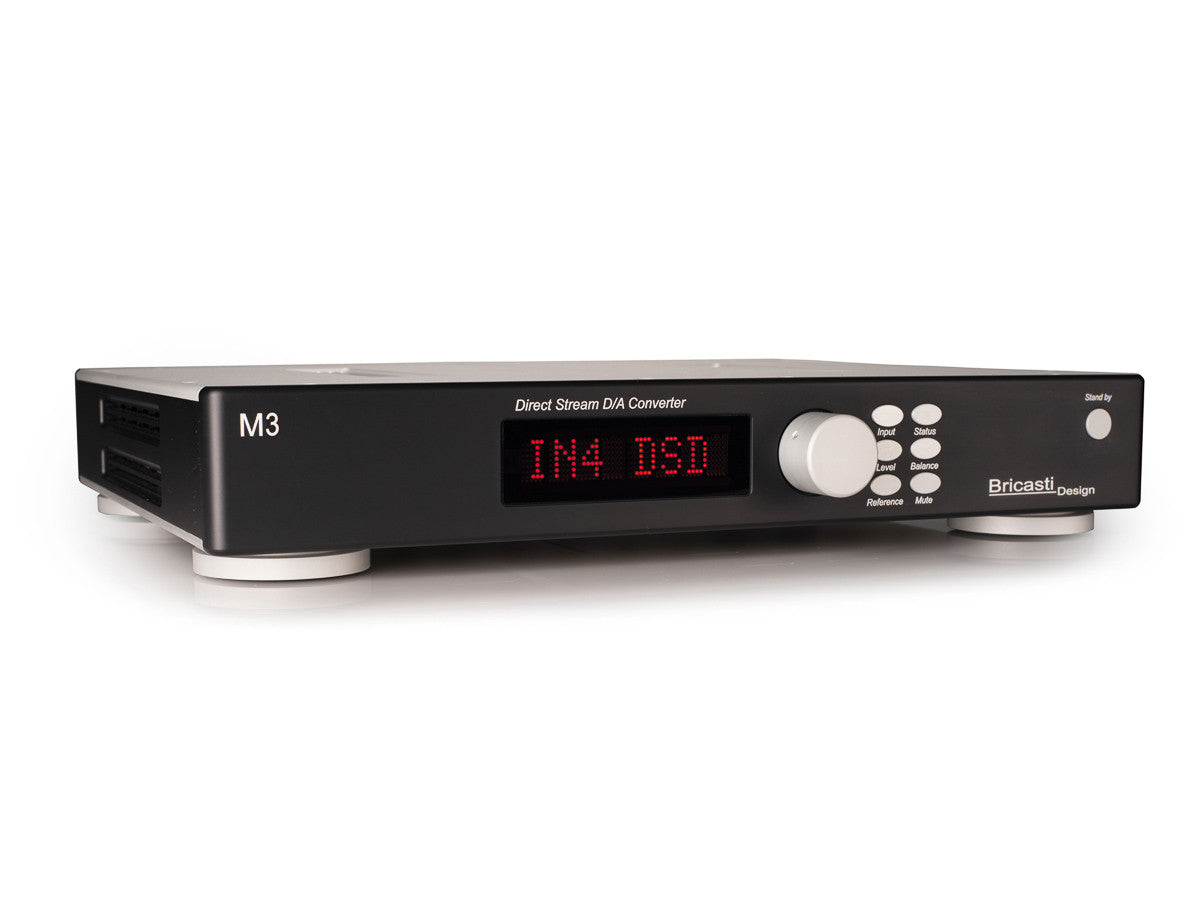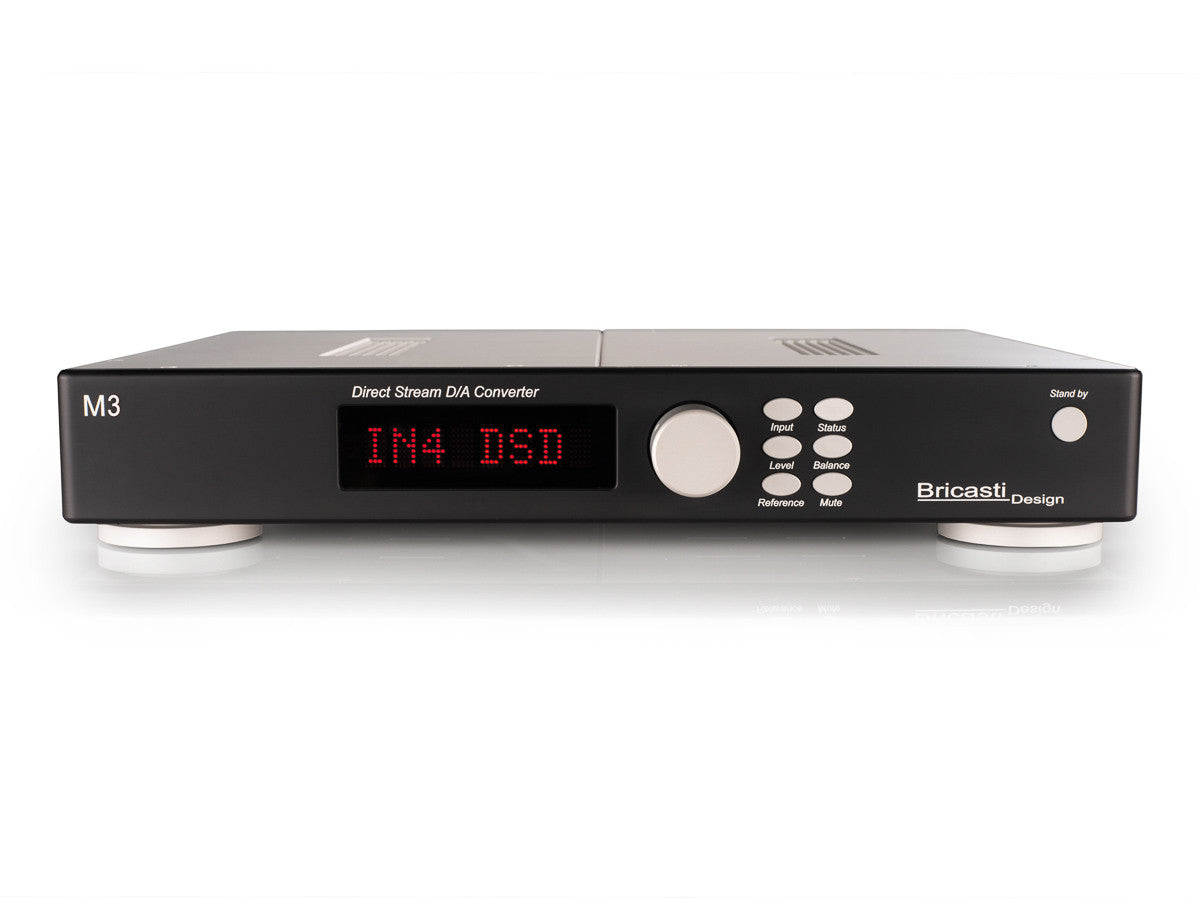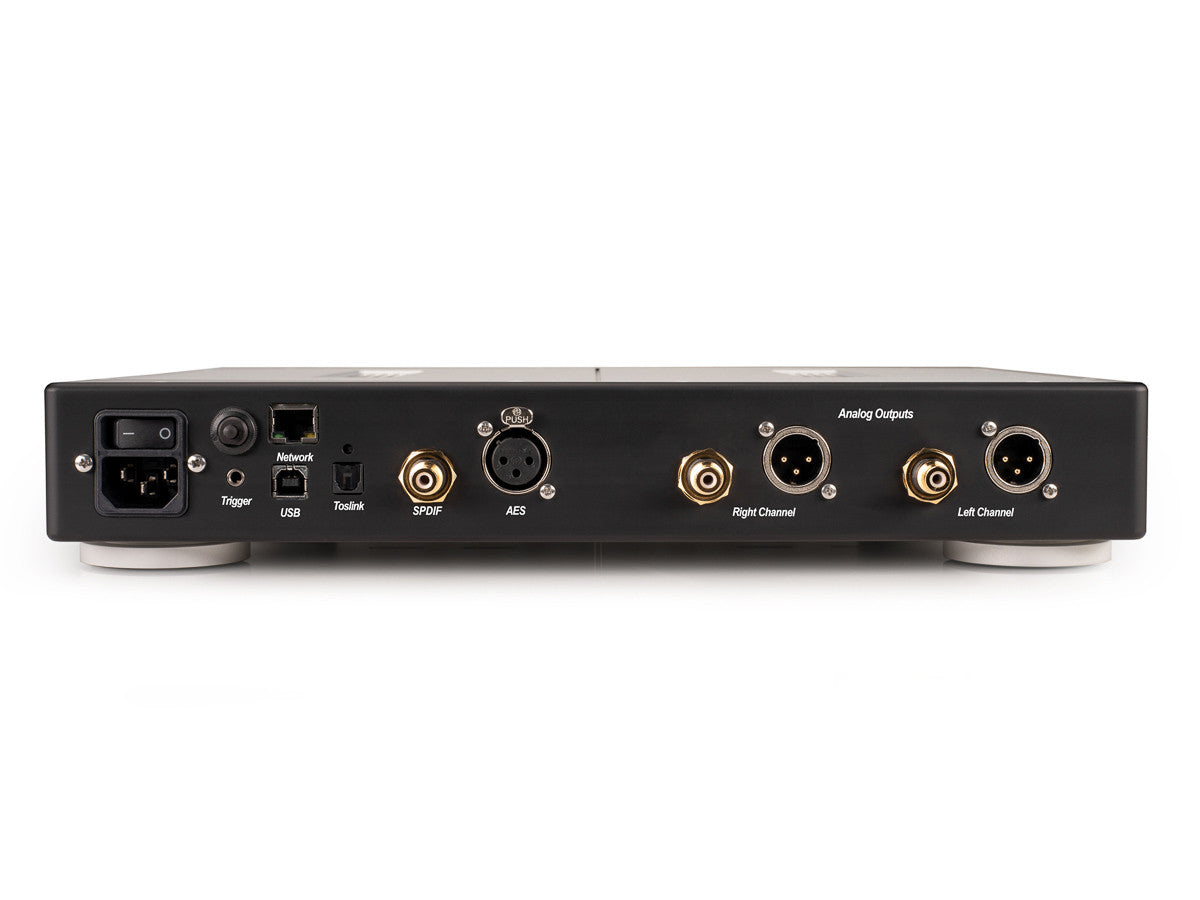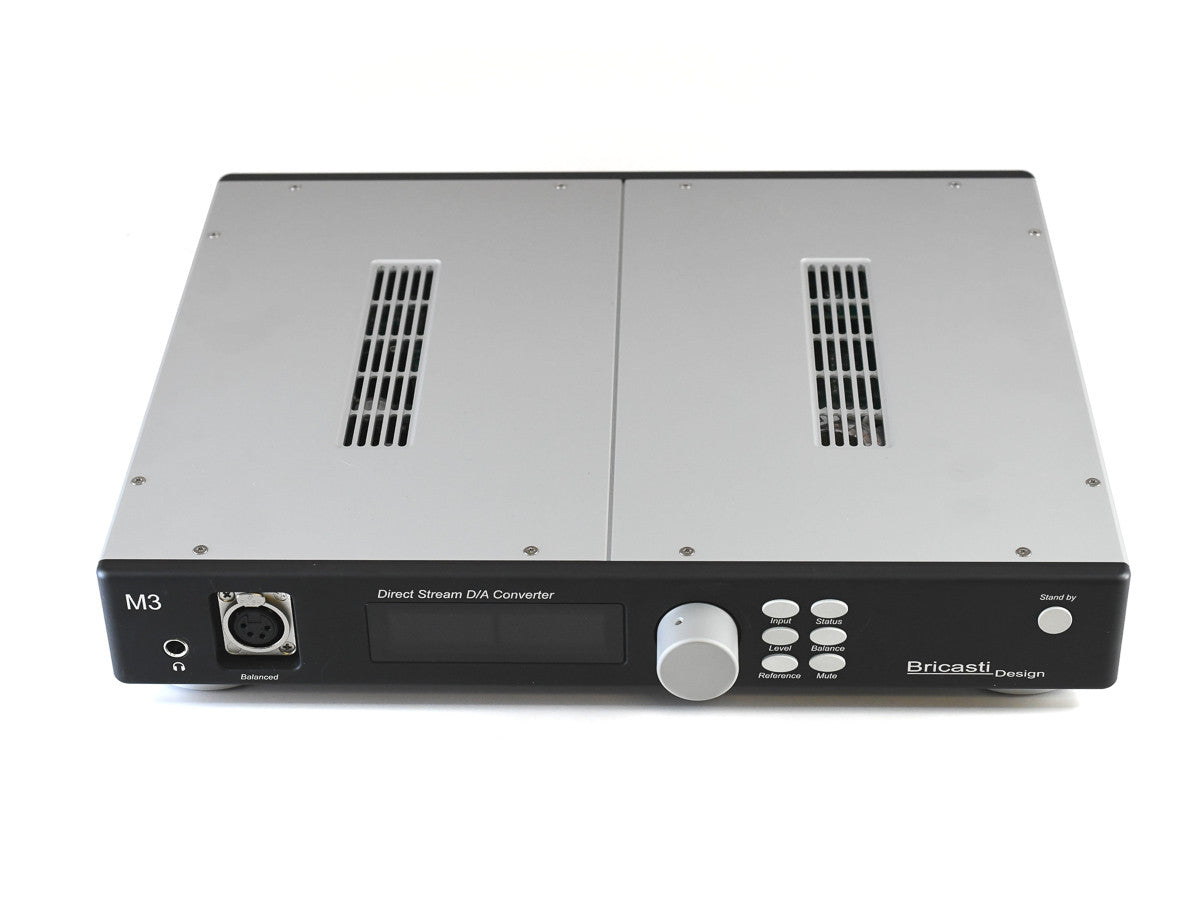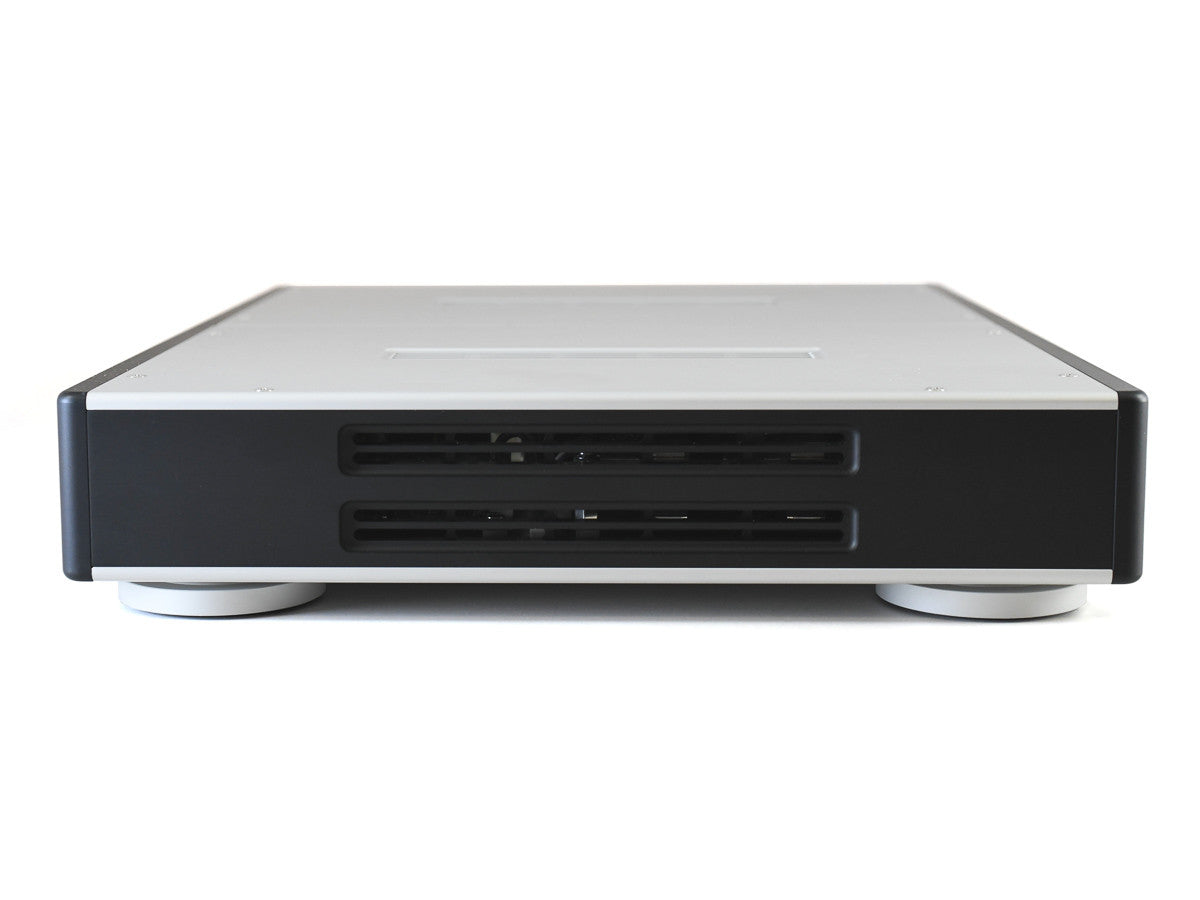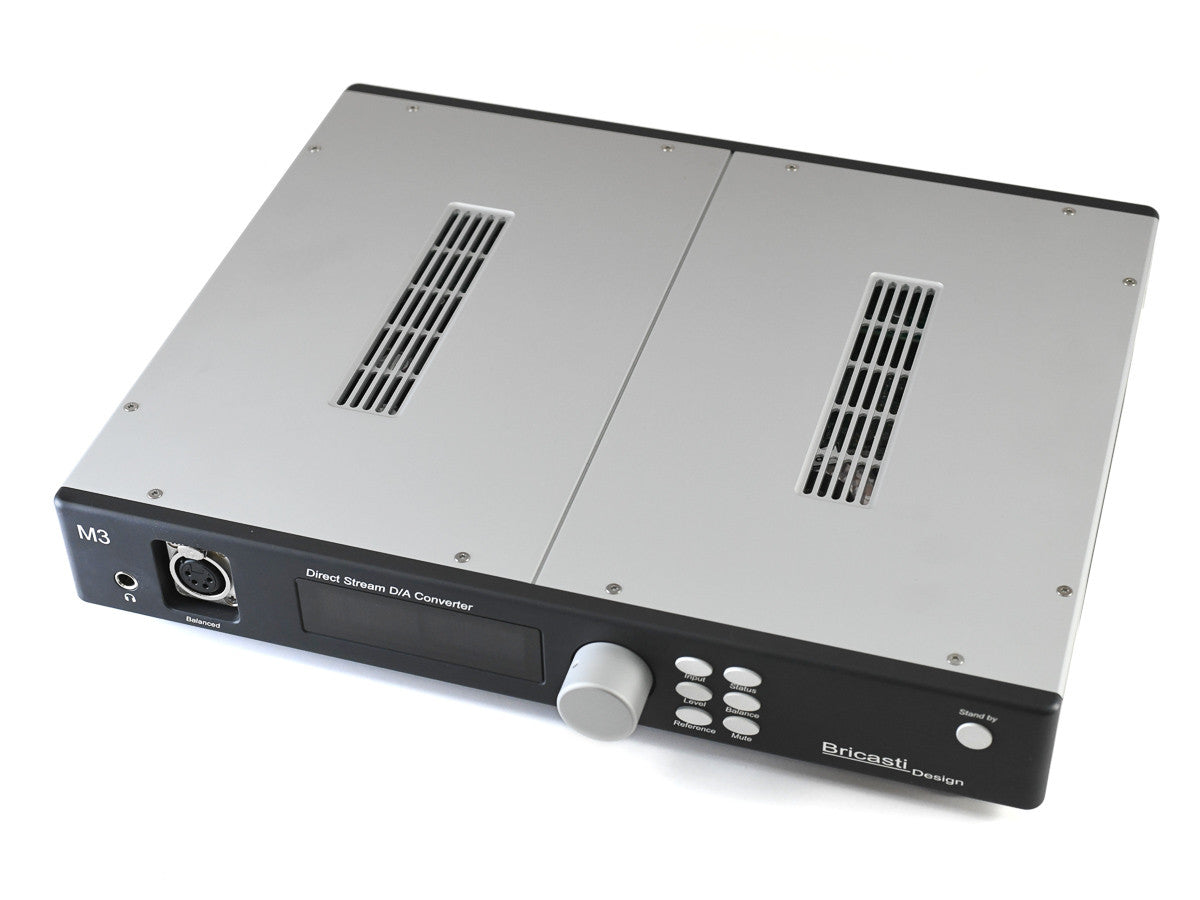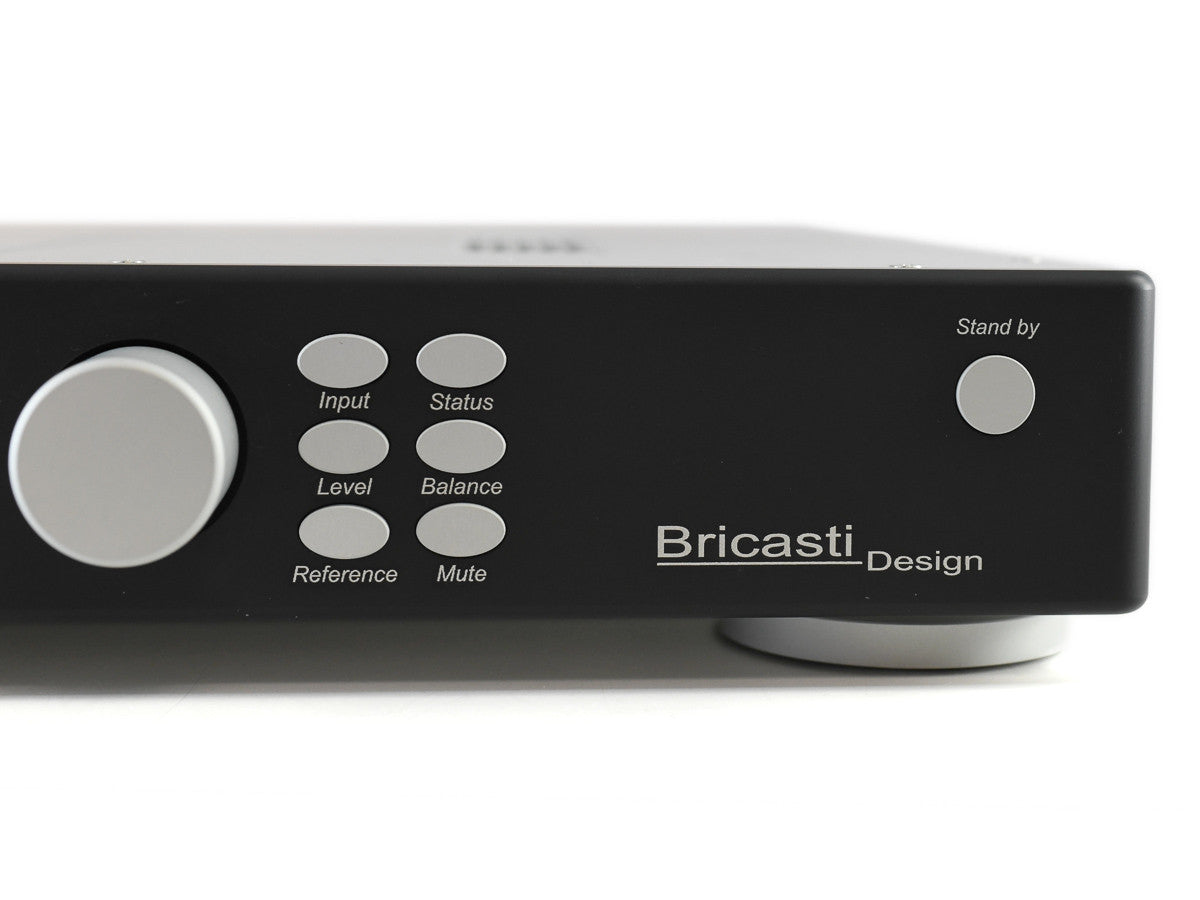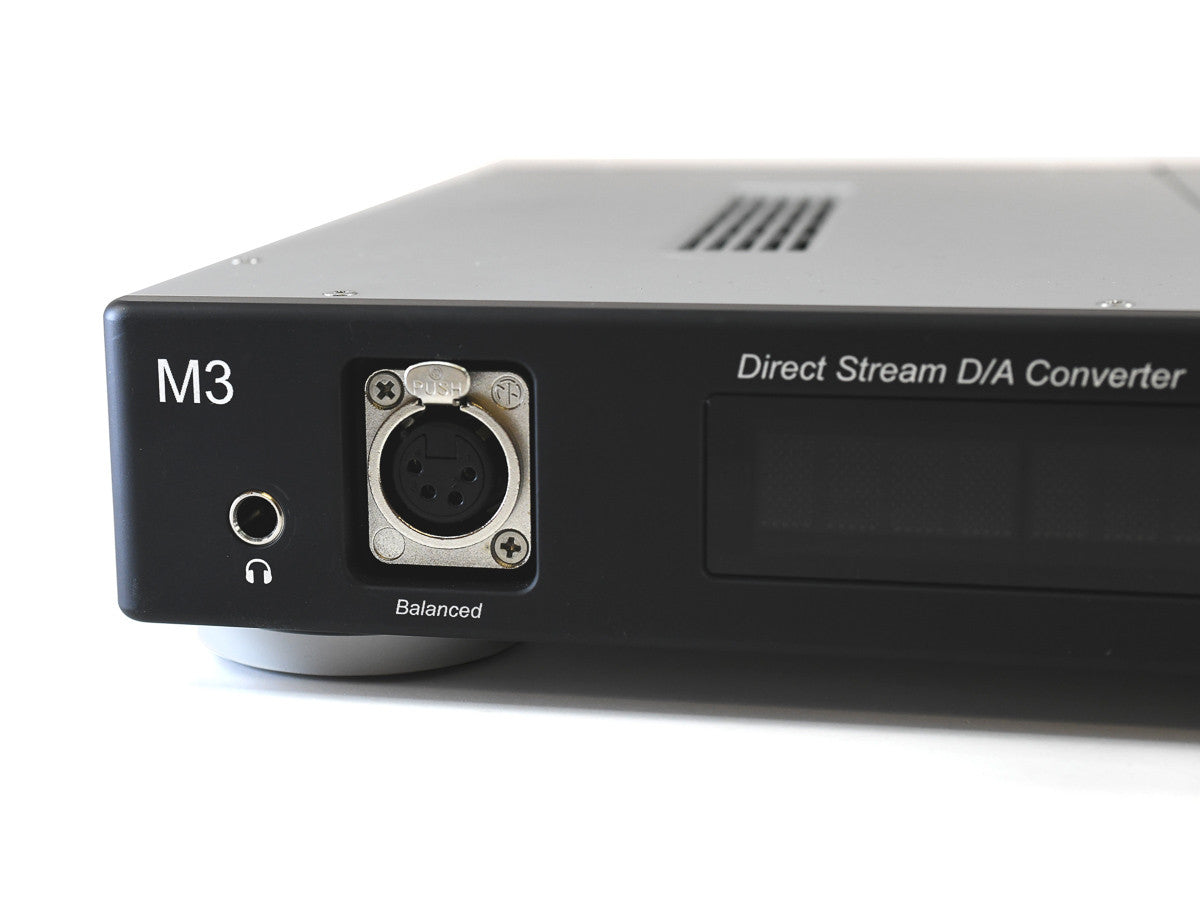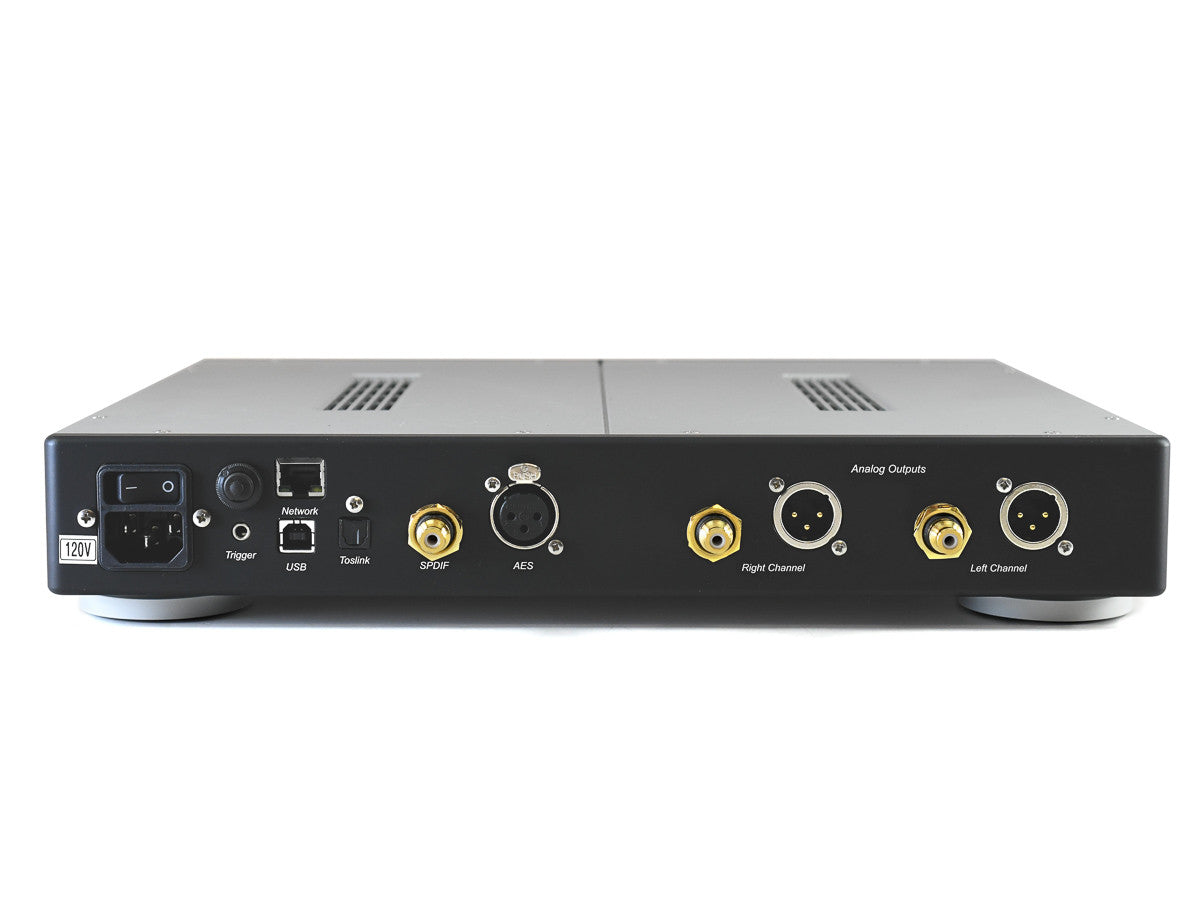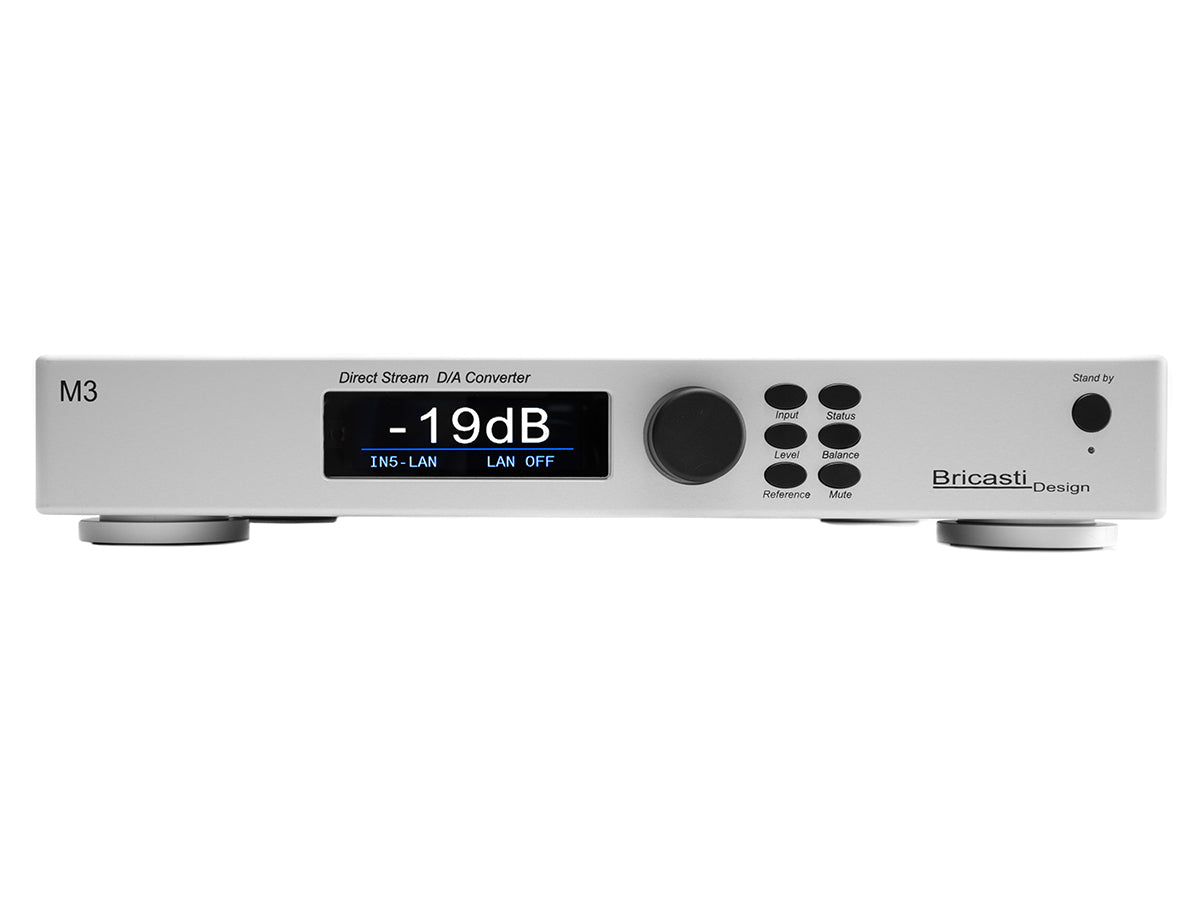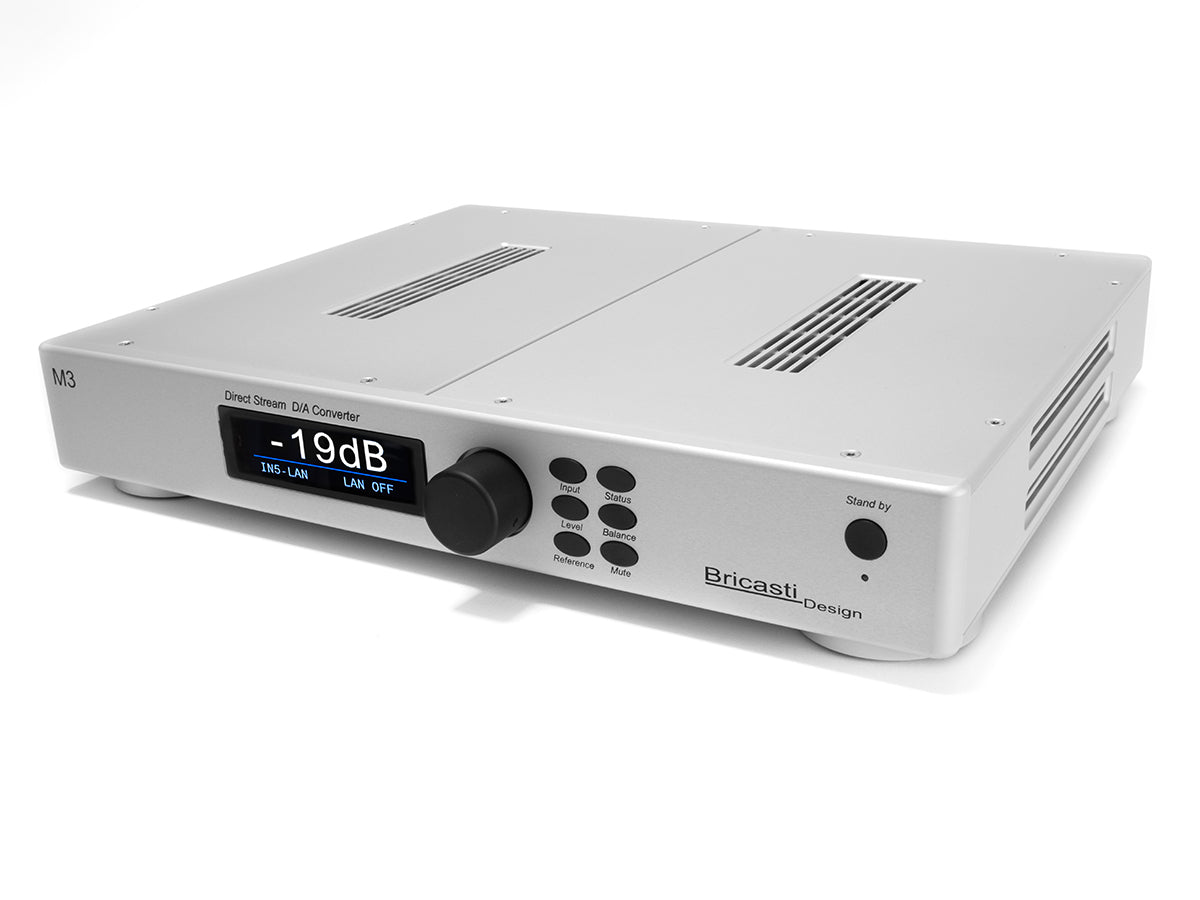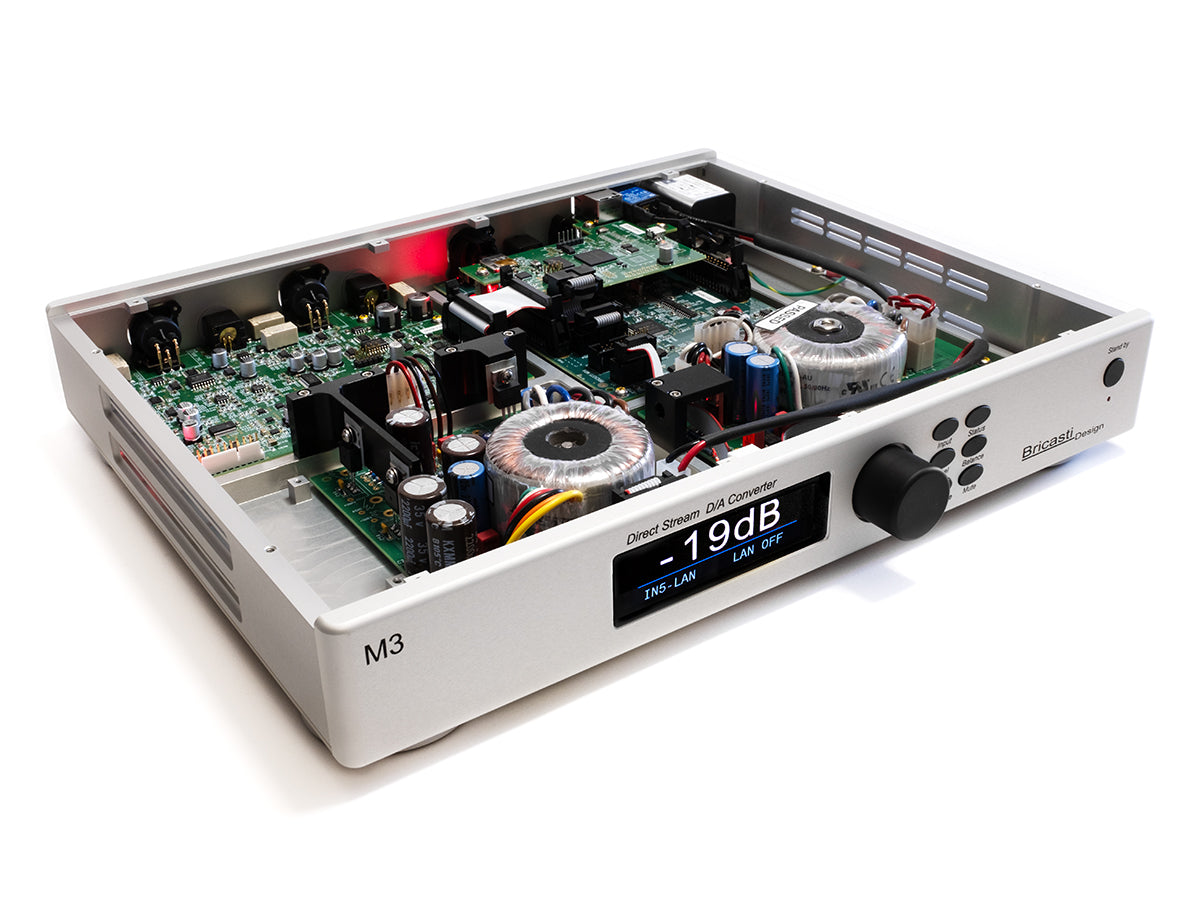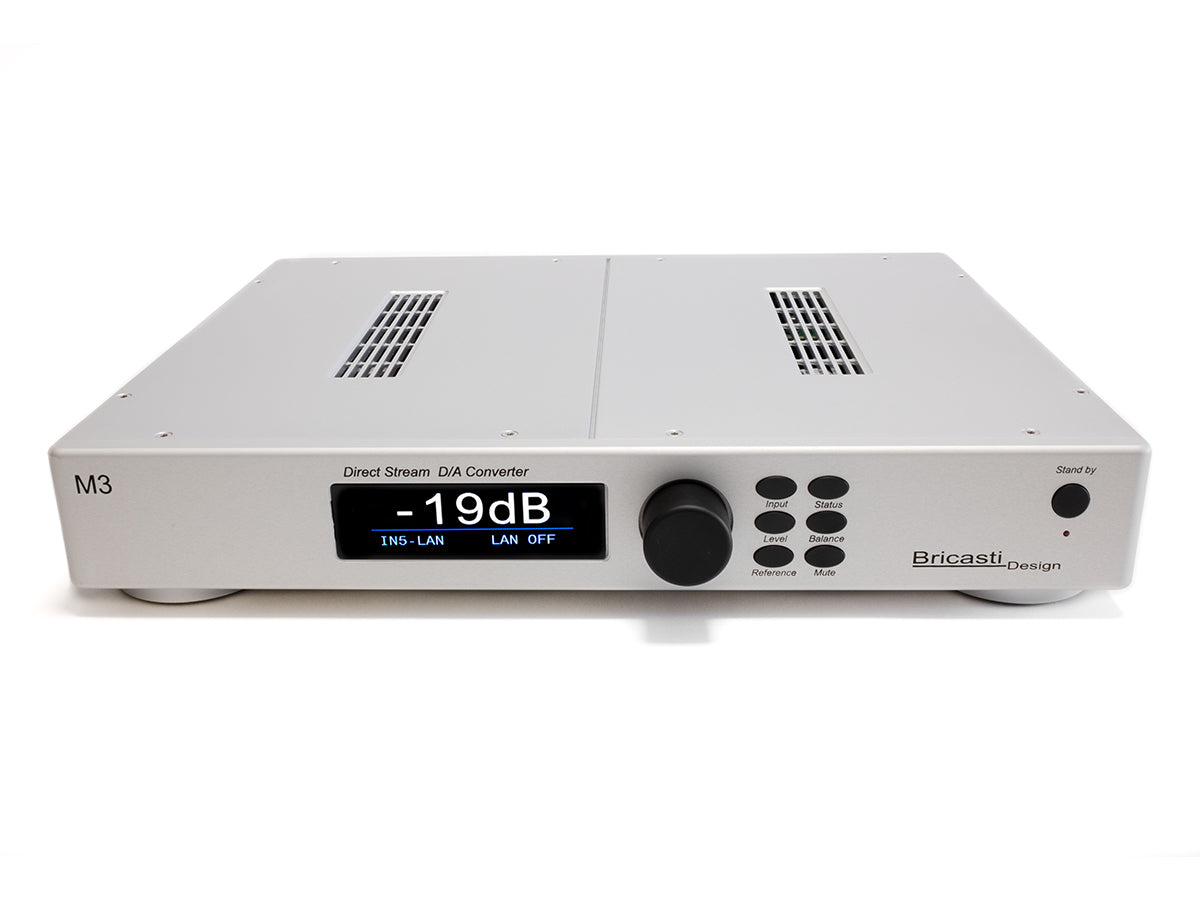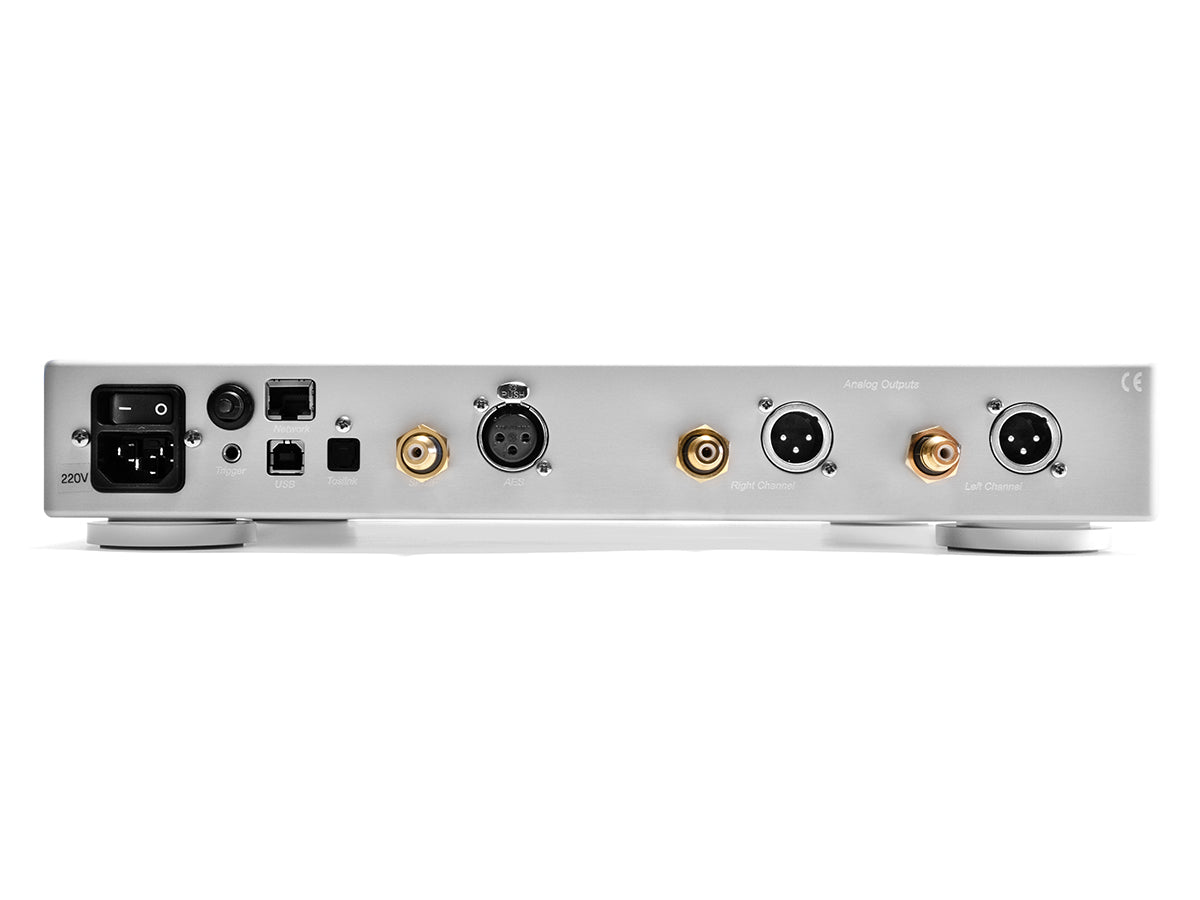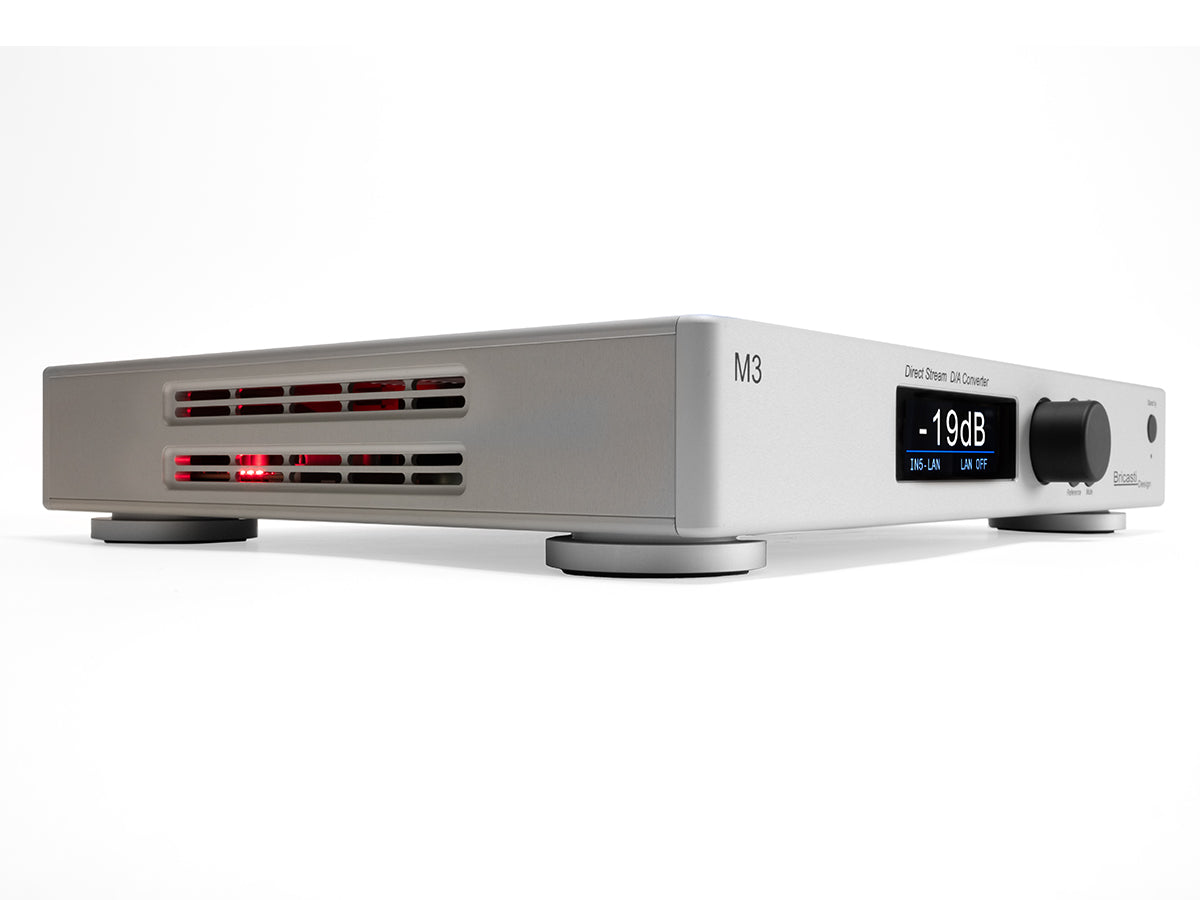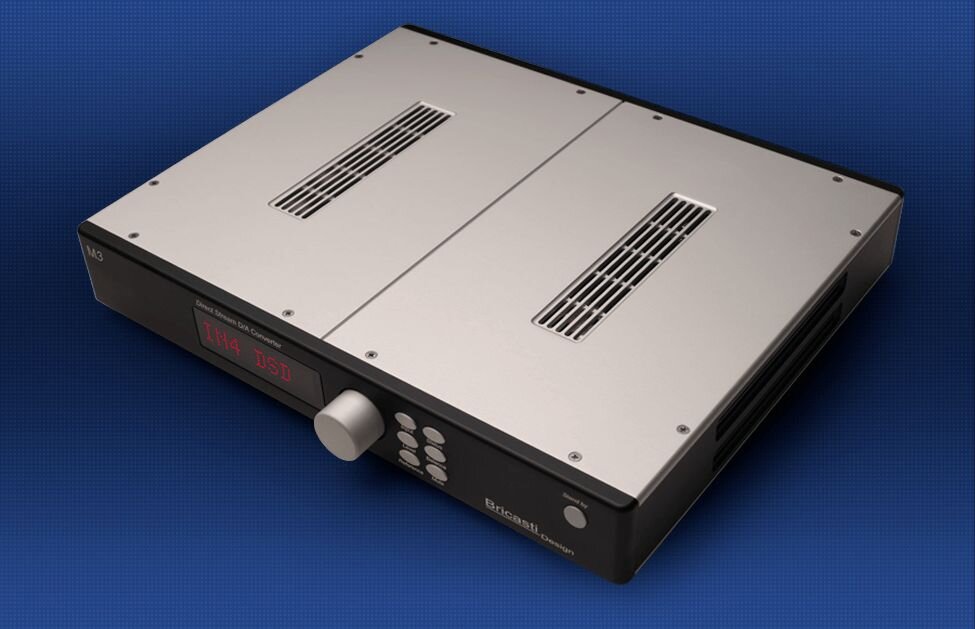What audio formats does the Bricasti M3/M3H support?
The Bricasti M3/M3H supports a wide range of audio formats, including PCM and DSD.
Can the Bricasti M3/M3H be used as a preamplifier?
Yes, the Bricasti M3/M3H can be used as a preamplifier in addition to its DAC and headphone amplifier functions.
Does the Bricasti M3/M3H support balanced and unbalanced connections?
Yes, the Bricasti M3/M3H supports both balanced (XLR) and unbalanced (RCA) connections for input and output.
What are the differences between the Bricasti M3 and the M3H models?
The main difference between the Bricasti M3 and M3H is that the M3H includes a built-in headphone amplifier, whereas the M3 does not.
Is the Bricasti M3/M3H compatible with Roon?
Yes, the Bricasti M3/M3H is Roon Ready, offering compatibility with the Roon music management and playback software.
What is the warranty coverage for the Bricasti M3/M3H?
The warranty coverage for Bricasti products typically includes a limited warranty against defects in materials and workmanship. Specific details may vary, so it's advisable to refer to the warranty information provided with the product.
Does the Bricasti M3 support balanced and unbalanced connections?
Yes, the Bricasti M3 supports both balanced (XLR) and unbalanced (RCA) connections for input and output.
Is the Bricasti M3 compatible with Roon?
Yes, the Bricasti M3 is Roon Ready, offering compatibility with the Roon music management and playback software.

